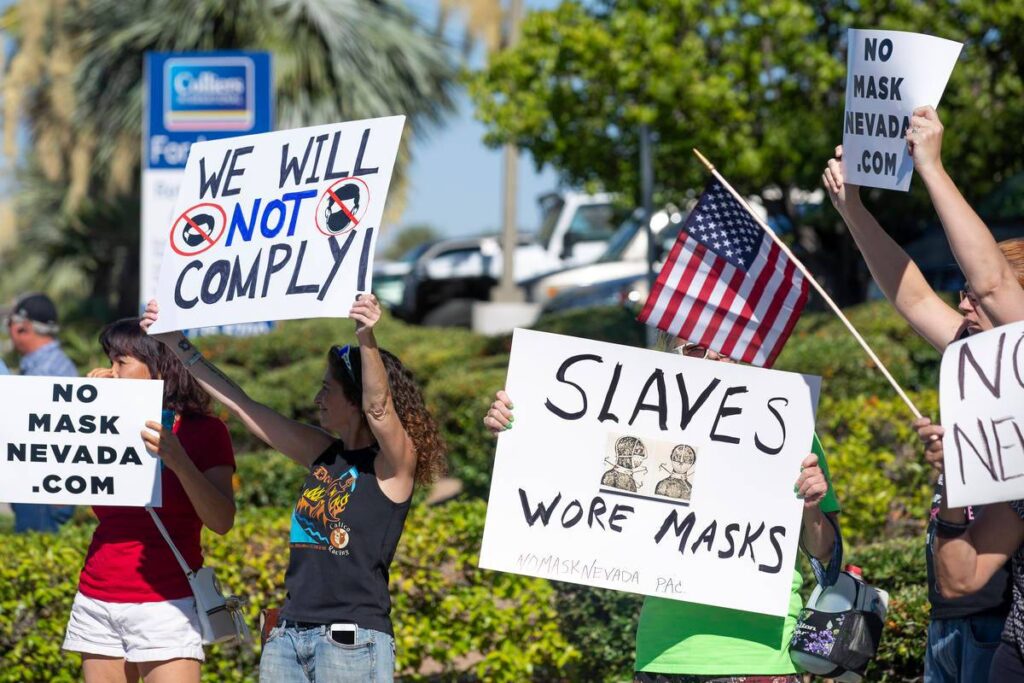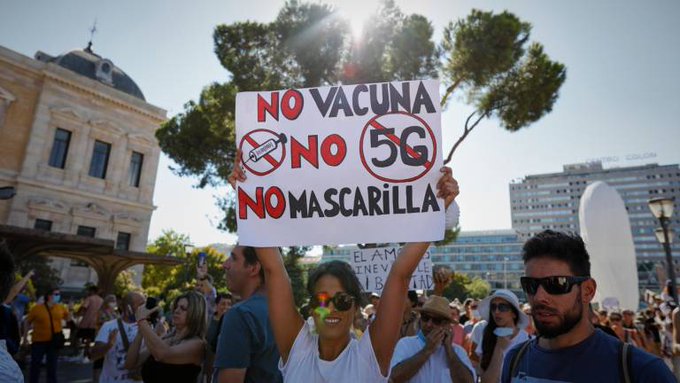Provocative Questions: Wet Blankets & Ultra-Blind Vaccine Studies

Preliminary COVID-19 vaccine trials have yielded incredible initial results. We are being told that the vaccines are 90%+ effective so far in these trials.
The effectiveness of the common flu vaccine is much lower.
Unless I’ve missed something, while these results are scientifically possible, we are not hearing too much in terms of possible bias in the studies.
The roughly 50% of the American population that is hesitant or unwilling to receive the COVID-19 vaccine most likely shares a giant overlap with the portion of the population that is generally against any and all precautionary measures.
That segment of the population will almost certainly expose themselves to higher levels of COVID-19 doses/loads, more often.
The problem here, if I’m not mistaken, is that higher infective doses can overwhelm vaccine protection.
“…in 2006, a large outbreak [of mumps] occurred among highly vaccinated populations in the United States, and similar outbreaks have been reported worldwide. The outbreak described in this report occurred among U.S. Orthodox Jewish communities during 2009 and 2010… Transmission was focused within Jewish schools for boys, where students spend many hours daily in intense, face-to-face interaction… Conclusions: The epidemiologic features of this outbreak suggest that intense exposures, particularly among boys in schools, facilitated transmission and overcame vaccine-induced protection in these patients.“
That is to say, when those dogmatic individuals are likely excluded, voluntarily, from the COVID-19 vaccine studies, is the COVID-19 virus really getting a fair chance?
Is this really a fair fight?
Or, are these preliminary results nothing more than a demonstration of a good vaccine matched up against a tamed, muzzled COVID-19 virus with the kid-gloves on? (Imagine the typical vaccine study volunteer. Can you really visualize this volunteer casually attending “super-spreader” events? Or, more likely, would you visualize him washing his hands, social distancing, and generally being paranoid and reducing possible infective doses all day long?)
Or perhaps said differently, might the flu vaccine be 98% effective if it were only administered to people who washed their hands all day long, wore a mask while in public, engaged in social distancing, and just generally engaged in preventative measures that reduced the frequency and volume of infective doses/loads? And yet, as it pertains to the common flu, people never lived their lives that way.
A double-blind study means that, initially, both the subjects and the researchers do not know which subjects received the placebo and which received the test vaccine.
For a real-world test, yielding real-world expected results, would we not need an (highly unethical) “ultra-blind” test, where subjects not only don’t know whether they received a vaccine or a placebo, but additionally, they also don’t know that they’re even in the study and that they’ve been given something?
